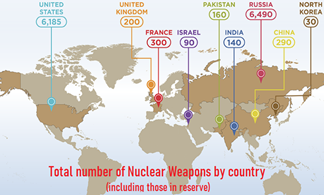 Washington, DC, Dec. 10.– On 27 August as flags flew at half-staff over the Edwin Cardinal O'Brien Pastoral Center in honor of the 13 U.S. Military members killed outside Hamid Karzai International Airport in Kabul, Afghanistan, His Excellency, the Most Reverend Timothy P. Broglio, Archbishop for the Military Services, USA (AMS), issued the following statement:
Washington, DC, Dec. 10.– On 27 August as flags flew at half-staff over the Edwin Cardinal O'Brien Pastoral Center in honor of the 13 U.S. Military members killed outside Hamid Karzai International Airport in Kabul, Afghanistan, His Excellency, the Most Reverend Timothy P. Broglio, Archbishop for the Military Services, USA (AMS), issued the following statement:
“Receiving the news about the tragic loss of Marines and a Corpsman in Afghanistan while in San Diego for the first AMS convocation of 2021, I immediately joined the assembled priests to pray for the repose of their souls and the consolation of their families. Together we beg the Prince of Peace for a time of dialogue and a profound respect for the priceless value of human life.”
On 17 August, His Excellency commented on the Taliban takeover:
- Hits: 2886

 arrived in Italy as part of the West’s evacuation of Afghans following the Taliban takeover of the country, the Italian government said Thursday.
arrived in Italy as part of the West’s evacuation of Afghans following the Taliban takeover of the country, the Italian government said Thursday. goal of reviving the Iranian 2015 nuclear accord ahead of international talks with world leaders next week.
goal of reviving the Iranian 2015 nuclear accord ahead of international talks with world leaders next week.